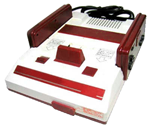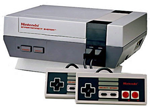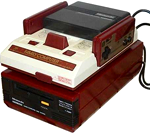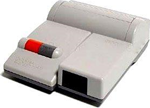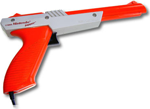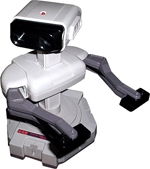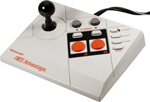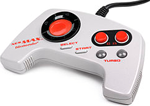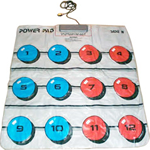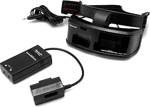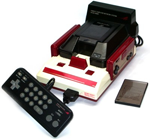
When Nintendo launched the Famicom in Japan, the United States was undergoing a shift from videogame systems to home computers, often referred to as the "videogame crash". When Nintendo decided to break into the U.S. market, they renamed and radically redesigned the system to make it look less toy-like.
The outcome is that there is a massive difference between the Famicom and NES in terms of design and additional hardware available. While there is some crossover early on, much of the later hardware was different between the two regions.
The Famicom used the serial code HVC (Home Video Computer) for its hardware, while the NES simply used serial code NES.
